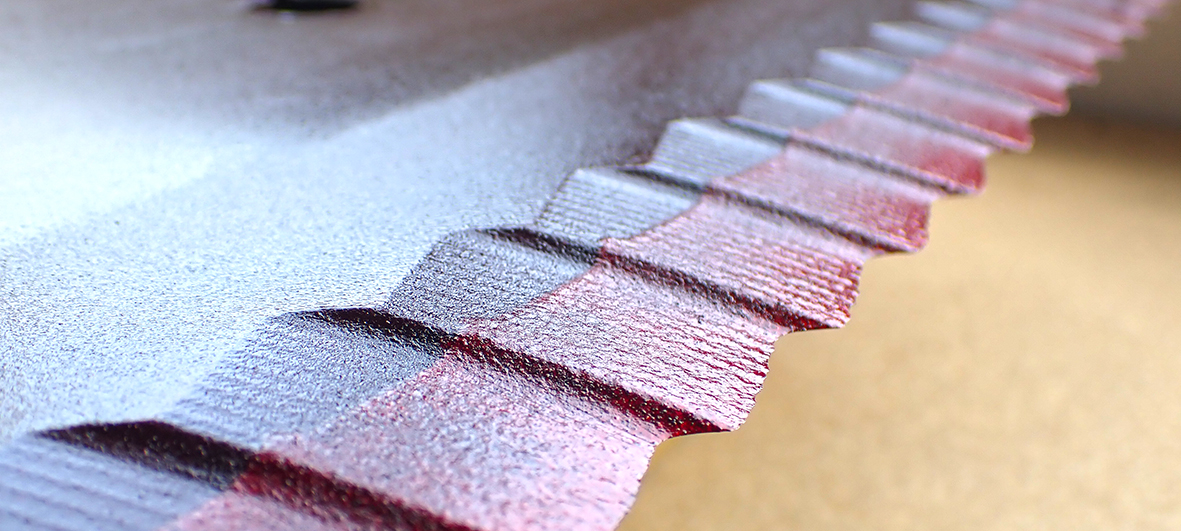Knives, Blades And Augers: The Combination For The Perfect Unifeed

Whatever your mixer, there are essential parts to produce a perfect unifeed mixture.
We don't discuss the brand, the construction quality, the size in meters/cubic meters, the engine and its hp.
No, we are only talking about those parts which, by physically "touching" the foods making up the recipe, determine the quality of the unifeed mix in terms of homogeneity, softness and correct cutting of the fodder.
In fact, it is the combined work of the auger, knives and hopper that produces the cutting of the fibers and the thoughtful mixing of all the foods, in order to offer all the cattle - from the first to the last - a "single dish" (this means “unifeed”) with the same nutritional intake.
Narrowing our attention to the auger and hopper we must talk about the blades applied to the external ends of the auger itself: they are indispensable and act both as knives and as facilitators of mixing the ingredients:
- like a "knife", each blade is used to cut the fodder fibers to an optimal length so that - once ingested by the cattle - they can stimulate rumination
- cut, not crumble, break or worse, taking away that stimulating consistency
- the walls of the panse (rumen) triggers regurgitation up to the mouth of the cattle for the fine shredding of the food hastily ingested from the manger
- as an appendage of the auger, each blade acts like a paddle which facilitates the mixing of the ingredients
- mixing the ingredients must allow their balanced distribution in all the individual rations, without modifying their organoleptic and physical characteristics.
- In fact, the alteration of these peculiarities - physical and organoleptic - would modify the taste perceived by the cattle so much as to induce the animal to select between the components of the ration.
The precision of cutting the forage allows the fibers to be reduced to a length of 2.5/3 cm: this is the ideal size of the straw that triggers rumination.
The correct position of the blade on the auger favors the rapid mixing of the ingredients, reducing the production times of the mixture: lower fuel consumption, less wear of the machine and its mechanical parts, less time dedicated to the production of unifeed rations.
Therefore saving time and materials, increasing company margins.
An optimal unifeed ration, capable of making the most of all the nutritional elements of the ingredients and - consequently - balanced from a nutritional point of view, is the basis of animal well-being and production yield in milk or growth for meat.
What if the knives (the blades, as many say...) are not efficient?
How is it recognised?
How do I recognize a quality blade?
You understand that even the best mixer without good blades/knives applied to the auger (and to the cutter, if the vehicle is equipped with them) will not be able to produce good unifeed rations, thus wasting important resources for your company.
Unifeed Knives not only offers quality blades and knives, but also directs you on the best choice for your unifeed machine.
